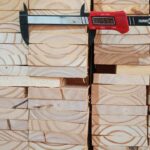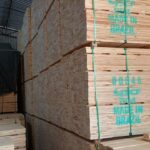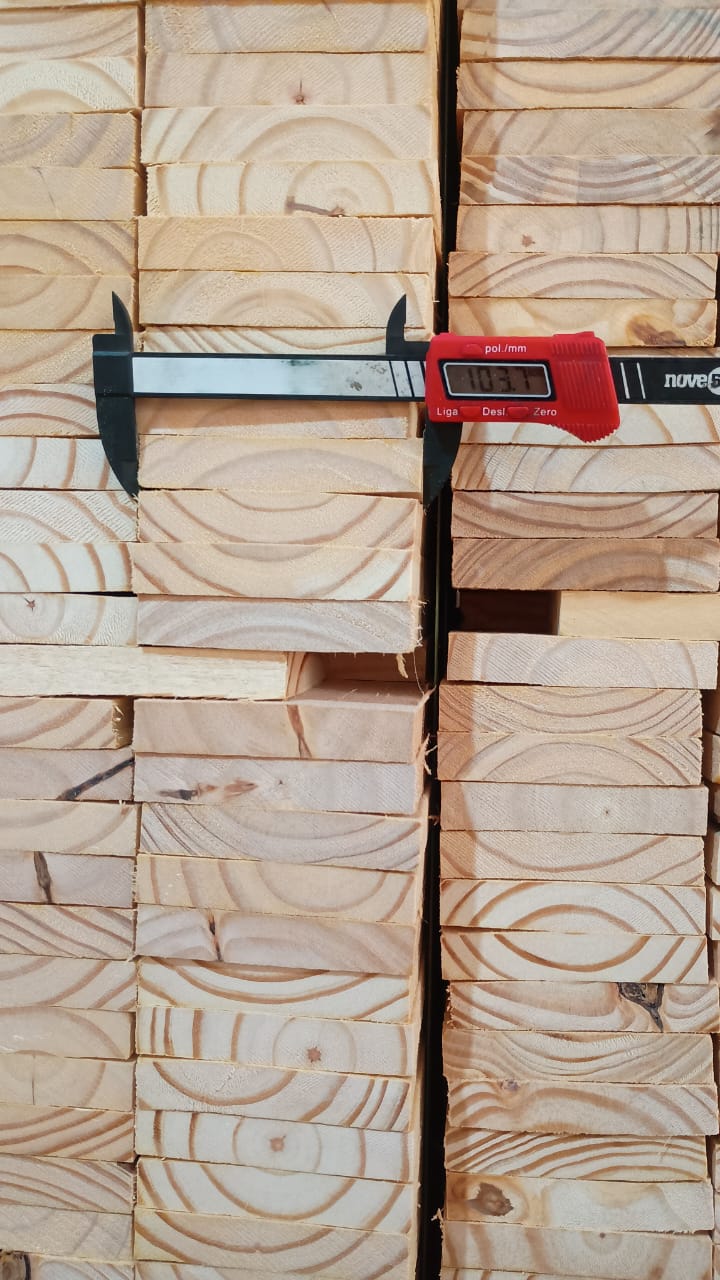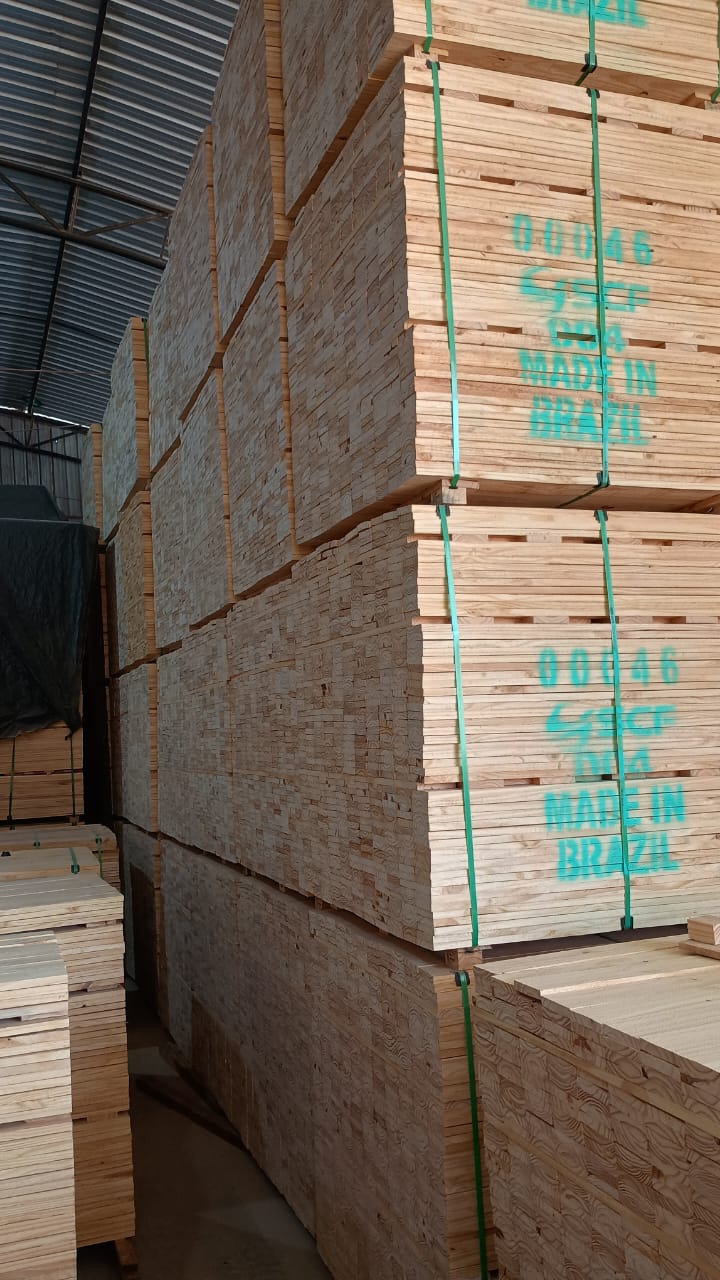Introduction
Timber framing has long been a preferred construction method for builders and architects around the world. From traditional post-and-beam structures to modern engineered wood systems, timber framing continues to evolve with advancements in technology, materials, and sustainability practices. As global demand for eco-friendly and cost-effective construction materials rises, timber framing is positioned to play a crucial role in shaping the future of the building industry.
At SCF Global Trade, we specialize in providing high-quality Brazilian timber, including sustainably sourced reforested sawn timber. Our commitment to innovation and transparency ensures that our clients receive the best materials for modern timber framing applications. In this article, we explore the latest developments in timber framing, from new techniques and materials to the sustainability practices driving the industry forward.
The Evolution of Timber Framing
Traditional timber framing dates back centuries, characterized by large wooden beams, hand-cut joinery, and natural wood aesthetics. While classic timber construction methods still hold value, modern advancements have introduced new materials and technologies that enhance durability, efficiency, and sustainability.
Some key developments shaping timber framing today include:
- Prefabrication and Modular Construction: Pre-cut and pre-assembled timber components allow for faster, more efficient builds.
- Engineered Wood Products (EWPs): Cross-laminated timber (CLT), glued laminated timber (glulam), and laminated veneer lumber (LVL) offer enhanced strength and flexibility.
- Sustainable Forestry and Certified Wood: Builders are increasingly prioritizing FSC-certified timber to support responsible forest management.
- Smart Technology Integration: Advanced software and digital modeling techniques improve design accuracy and material efficiency.
These innovations are transforming timber framing, making it an even more viable option for large-scale commercial and residential projects.
New Techniques in Timber Framing
1. Cross-Laminated Timber (CLT) for Structural Strength
CLT has emerged as a game-changer in timber framing, offering:
- High load-bearing capacity for multi-story buildings.
- Superior fire resistance and seismic performance.
- Reduced construction time due to prefabrication capabilities.
2. Timber Hybrid Construction
Combining timber framing with steel and concrete enhances durability and design flexibility. Hybrid structures:
- Reduce material waste by optimizing the best properties of each material.
- Improve thermal insulation and energy efficiency.
- Allow for greater architectural creativity in modern buildings.
3. CNC Precision Cutting and Robotics
Advancements in digital manufacturing have made it possible to:
- Use CNC machines for precise timber cuts, reducing human error.
- Automate the assembly of framing components, increasing speed and efficiency.
- Optimize wood usage, leading to less waste and lower costs.
Sustainable Practices in Timber Framing
Sustainability is a driving force behind the evolution of timber framing, with practices focused on minimizing environmental impact while maximizing efficiency. Here’s how the industry is advancing sustainability:
1. Sustainable Sourcing and Certified Timber
SCF Global Trade is committed to responsible forestry, offering FSC-certified and sustainably sourced Brazilian timber. Using certified wood ensures:
- Compliance with international environmental regulations.
- Support for reforestation efforts and biodiversity conservation.
- Ethical and transparent supply chain practices.
2. Carbon Sequestration and Energy Efficiency
Timber naturally captures and stores carbon, making it a more sustainable choice compared to concrete and steel. Additionally:
- Timber-framed buildings have lower embodied carbon emissions.
- Well-designed timber structures improve insulation and reduce energy consumption.
3. Zero-Waste and Reclaimed Timber Applications
Many builders are now incorporating reclaimed wood into timber framing projects, reducing waste and preserving valuable resources. Reclaimed timber is particularly valued for:
- Its unique aesthetic appeal and historic character.
- Reduced demand for new tree harvesting.
- Lower energy consumption during processing.
The Role of SCF Global Trade in the Future of Timber Framing
As a trusted supplier of Brazilian timber, SCF Global Trade is at the forefront of providing premium-quality materials for timber framing. Our approach includes:
1. High-Quality, Sustainable Timber
We offer responsibly sourced reforested sawn timber, ensuring:
- Superior durability and structural integrity.
- Availability in a wide range of dimensions and finishes.
- Compliance with international sustainability standards.
2. Customization and Prefabrication Support
We work closely with architects and builders to:
- Supply custom-sized timber beams for specific project needs.
- Offer prefabrication options to reduce construction time and labor costs.
3. Transparent Supply Chain and Customer Support
SCF Global Trade emphasizes full transparency in our sourcing and supply chain operations. Our clients benefit from:
- Real-time updates on timber sourcing and delivery.
- Expert guidance on choosing the best timber for their projects.
- Competitive pricing without compromising sustainability.
What’s Next for Timber Framing? Future Trends to Watch
The future of timber framing will continue to be shaped by technological advancements, sustainability initiatives, and shifting market demands. Some key trends to monitor include:
1. Mass Timber Construction for Skyscrapers
- CLT and glulam are being used in high-rise buildings, reducing reliance on concrete and steel.
- Cities worldwide are adopting mass timber policies to lower urban carbon footprints.
2. AI-Driven Design Optimization
- Artificial intelligence is being used to create ultra-efficient timber framing designs that minimize waste.
- Machine learning helps optimize supply chain management, ensuring steady material availability.
3. Advancements in Fire-Resistant Timber Treatments
- New fire-resistant coatings and treatments improve the safety of timber-framed buildings.
- Innovations in timber chemistry enhance durability and longevity.
4. Digital Twin Technology for Construction Efficiency
- Digital models allow for real-time tracking and predictive maintenance of timber structures.
- Virtual testing improves accuracy in design, reducing material waste and structural failures.
Conclusion: Timber Framing’s Bright Future
The future of timber framing is full of exciting possibilities, driven by innovation, sustainability, and modern construction techniques. As the demand for eco-friendly building materials grows, timber framing will play an increasingly vital role in shaping sustainable infrastructure worldwide.
At SCF Global Trade, we are proud to be a leader in high-quality Brazilian timber supply, helping builders, architects, and developers embrace the latest timber framing advancements with confidence. Whether you’re designing a residential home, a commercial structure, or a mass timber skyscraper, we are here to provide premium materials that meet your needs.
Contact us today or visit scfbr.com to learn more about our timber framing solutions and sustainable wood products.












